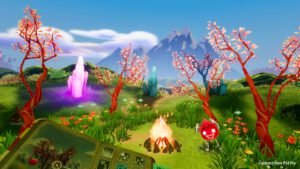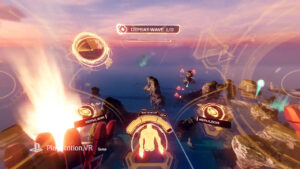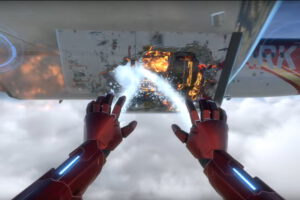Console VR is mostly associated with PlayStation VR although there are many more relations between VR and consoles on the market. Sony’s biggest competitor Microsoft avoids VR on the Xbox but develops for Windows Mixed Reality. Nintendo tested the waters with cardboard toy system Labo VR for the Switch. Oculus established a console-like ecosystem for their standalone VR headset Quest. With the beginning of a new console cycle at the end of this year, the positioning of console VR will also be put into question – either for a great leap forward or for a silent retreat.
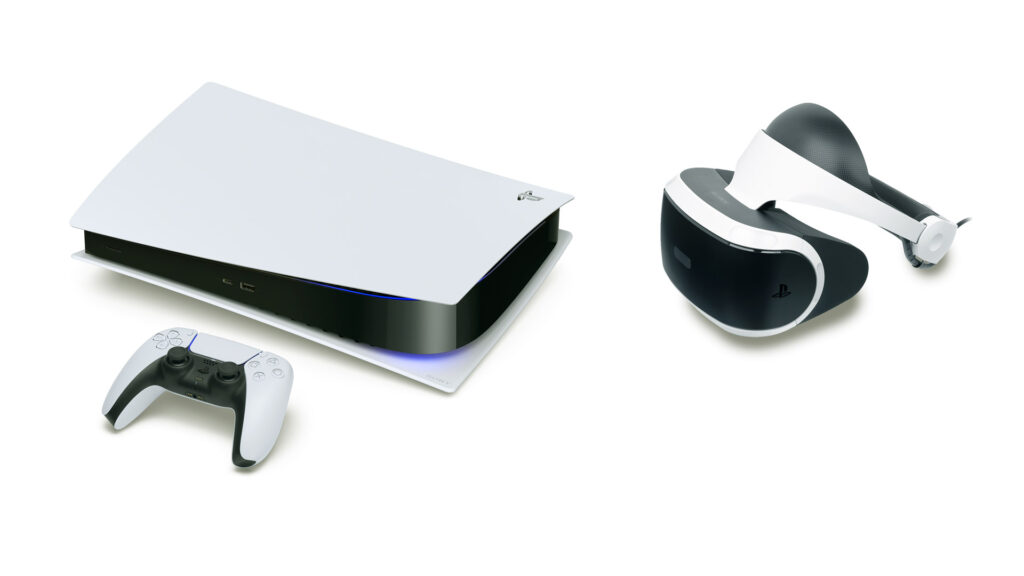
PSVR’s perspectives are still uncertain. The actual situation of a system in between cycles with a PS4 headset and PS3 Move controllers will be continued: the PS4 headset will work on PS5 with PS4 tracking and PS5 horsepower. We may expect PS5 suitable controllers and an upgraded PSVR2 later next year. This indicates that VR is not seen as a system seller for the next generation and will continue to play the sidekick on PS5.
On the other hand, PSVR is currently about to close its own development cycle by overcoming previous disadvantages with recent software releases. The system mainly works as an accessory for seated gaming experiences. Standing experiences without room-scale tracking were difficult to do. Many games in the PSVR library continue to play out traditional game mechanics by enhancing gamepad controls into immersive scenarios, like for example in Concrete Genie: the player uses gamepad or Move controls to paint animated symbols on walls in the game world. Stitching the 2D graffiti in the right order in the 3D world sets the level in motion which unblocks the next chapter in the storybook.
The release of Paper Beasts maintains the seating experience with gamepad controls but deepens the communication between player and environment in a much more sophisticated way. The player has to deal with the artificial nature of the paper beasts by manipulating their orientation and environmental conditions. Although the basic mechanics of this game continue to work like linear puzzle constellations, the game design makes the impression of an open world with the wildlife of its own rule-based AI nature. The player needs to interact physically with the environment to find out about these rules and to be able to make them work for his progress.
The long-awaited release of Iron Man VR finally proposes a solution for standing experiences. In this story-driven superhero game, the player slips into Tony Stark’s armour and flies through the levels by means of Move controls. PSVR’s weak spot of being limited to front camera tracking was successfully counterbalanced by predictive calculation of the controllers’ gyroscope movements. This now allows a full circle rotation for the player by overcoming the tracking blind spot in his back, at least for speedy turns. The game itself is a hybrid between traditional control mechanics and more advanced physical game controls – just like the VR platform, it is exclusively made for.
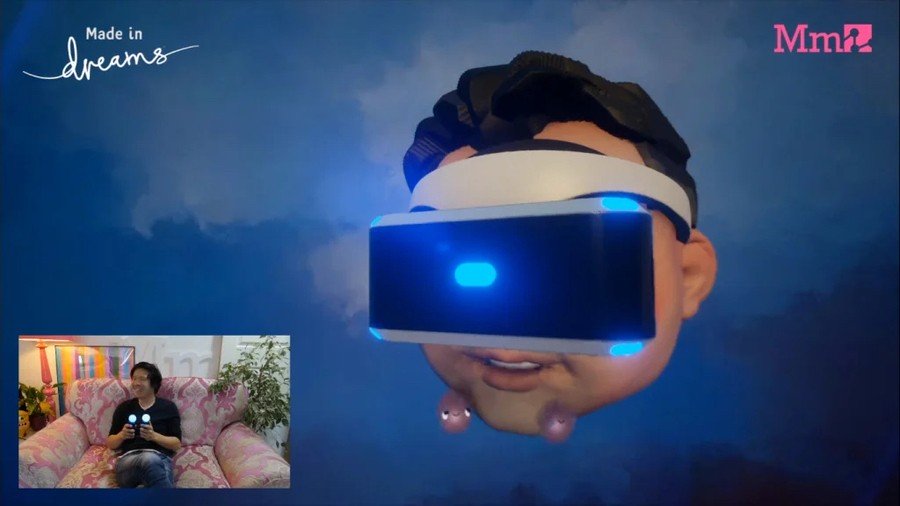
After completing the deeply missing feature of full-circle rotation, the recent release of Dreams‘ VR mode adds user content generation to PSVR. Players now can set up their own game creations in VR and find out about the differences to PlayStation’s core traditional flat-screen experience. PSVR rounds out its own development cycle and prepares for a game-changer in the upcoming console wars.
While Microsoft pursues cloud gaming services, Nintendo stands off for VR’s age restrictions going against their family-oriented target group. And after Oculus’ full integration into Facebook’s social VR ambitions, PlayStation VR remains the only VR system on the console market. PSVR fits well into Sony’s focus on engineering electronic entertainment hardware: the PS4 headset already anticipated the design of the upcoming PS5 system, a sufficiently large user base got into touch with a new dimension of gaming and the tracking technology even works on an ageing PS4 system.
PSVR’s future perspectives depend on Sony’s assessment of its actual market position: in comparison to the overall market share of PlayStation consoles, the VR system may be regarded as disappointing. For an accessory to PlayStation consoles, it is by far too expensive. As a second console system, it can be seen as pretty successful. In its VR market segment of premium home entertainment systems, it is by far the best-selling product. A great leap forward may even lead to a platform of its own, someday.
All images by Sony PlayStation


